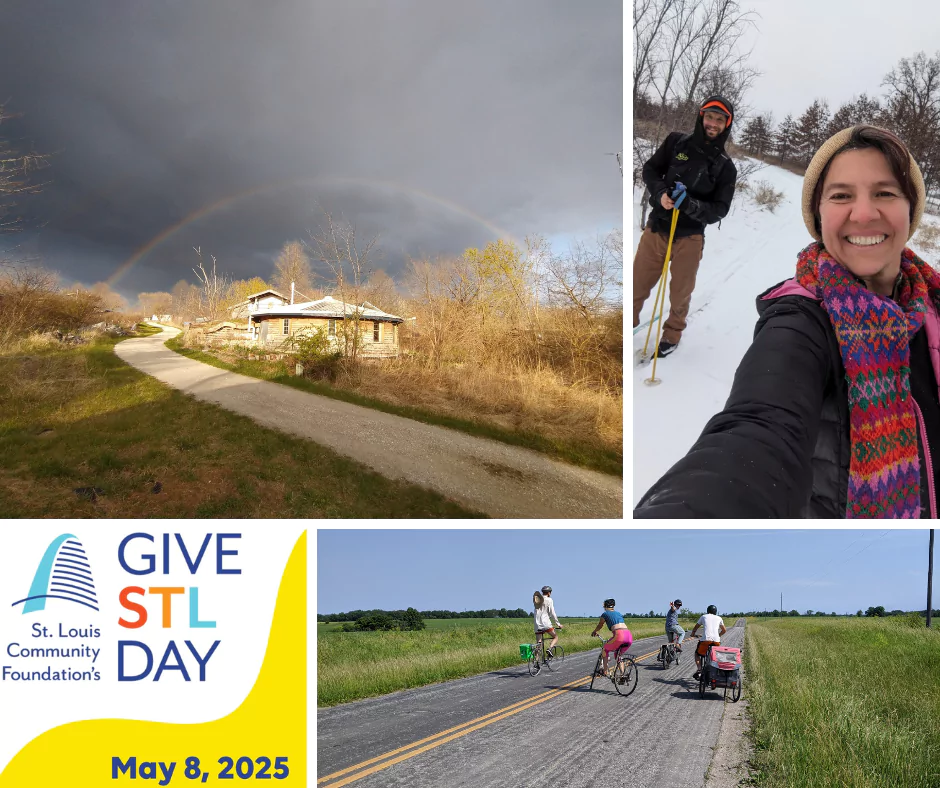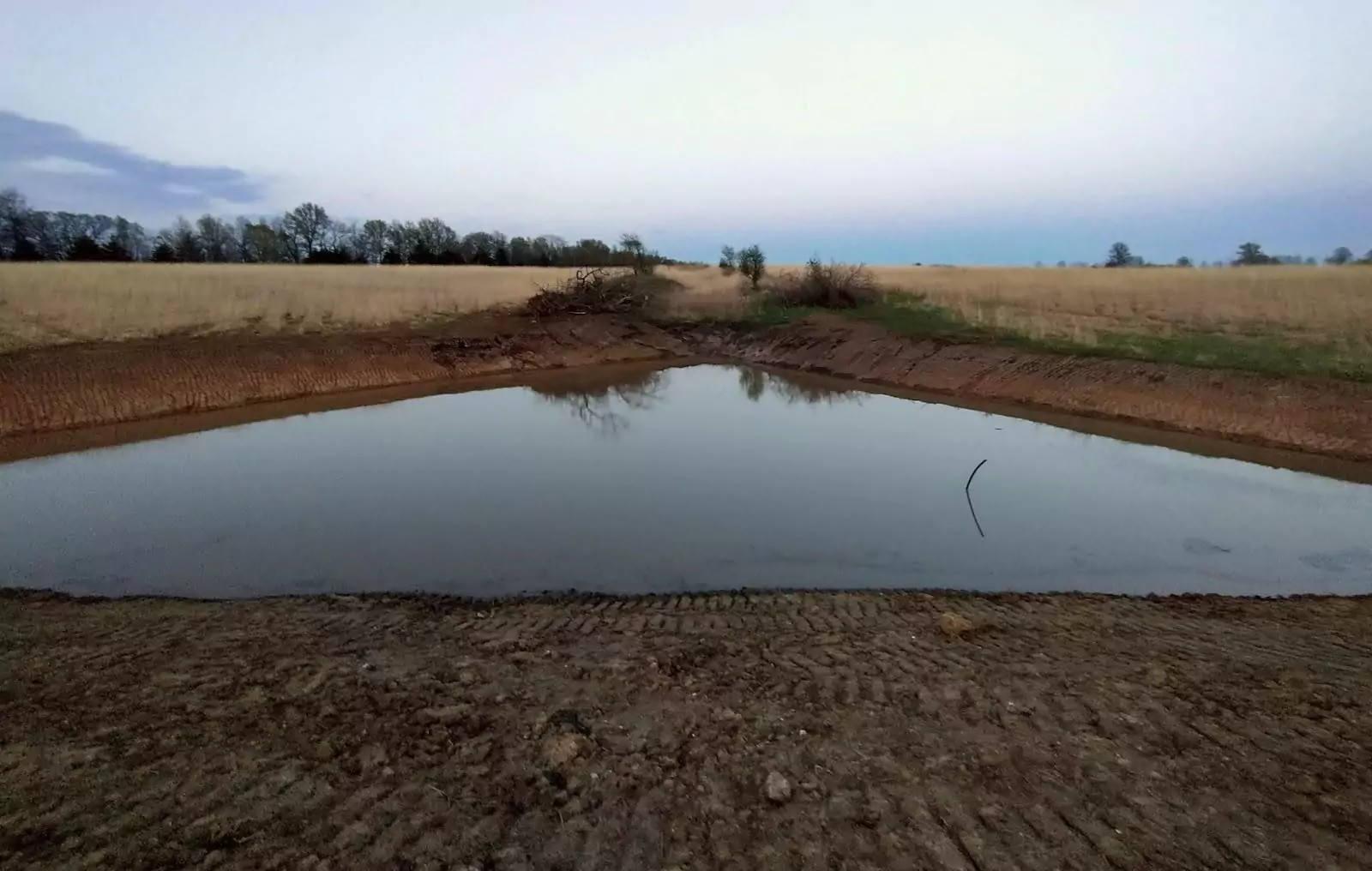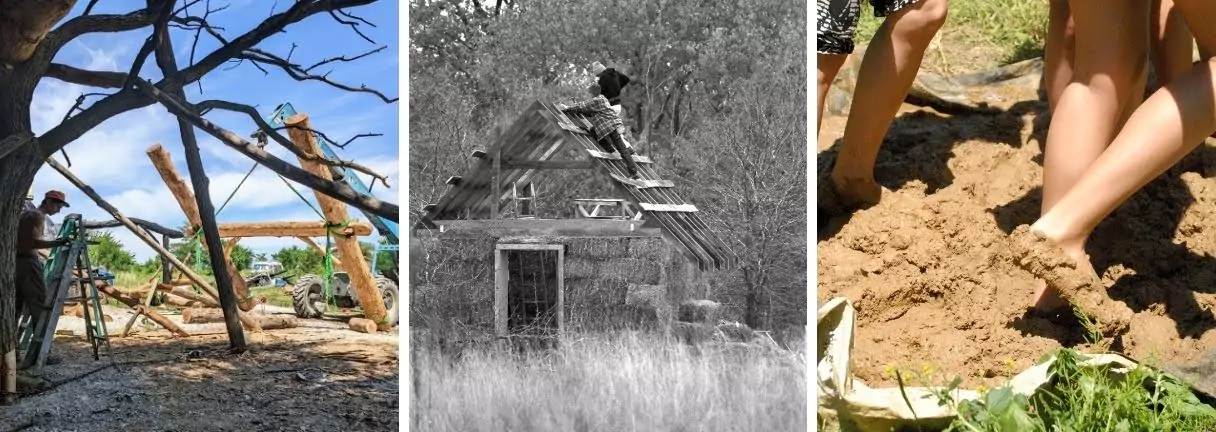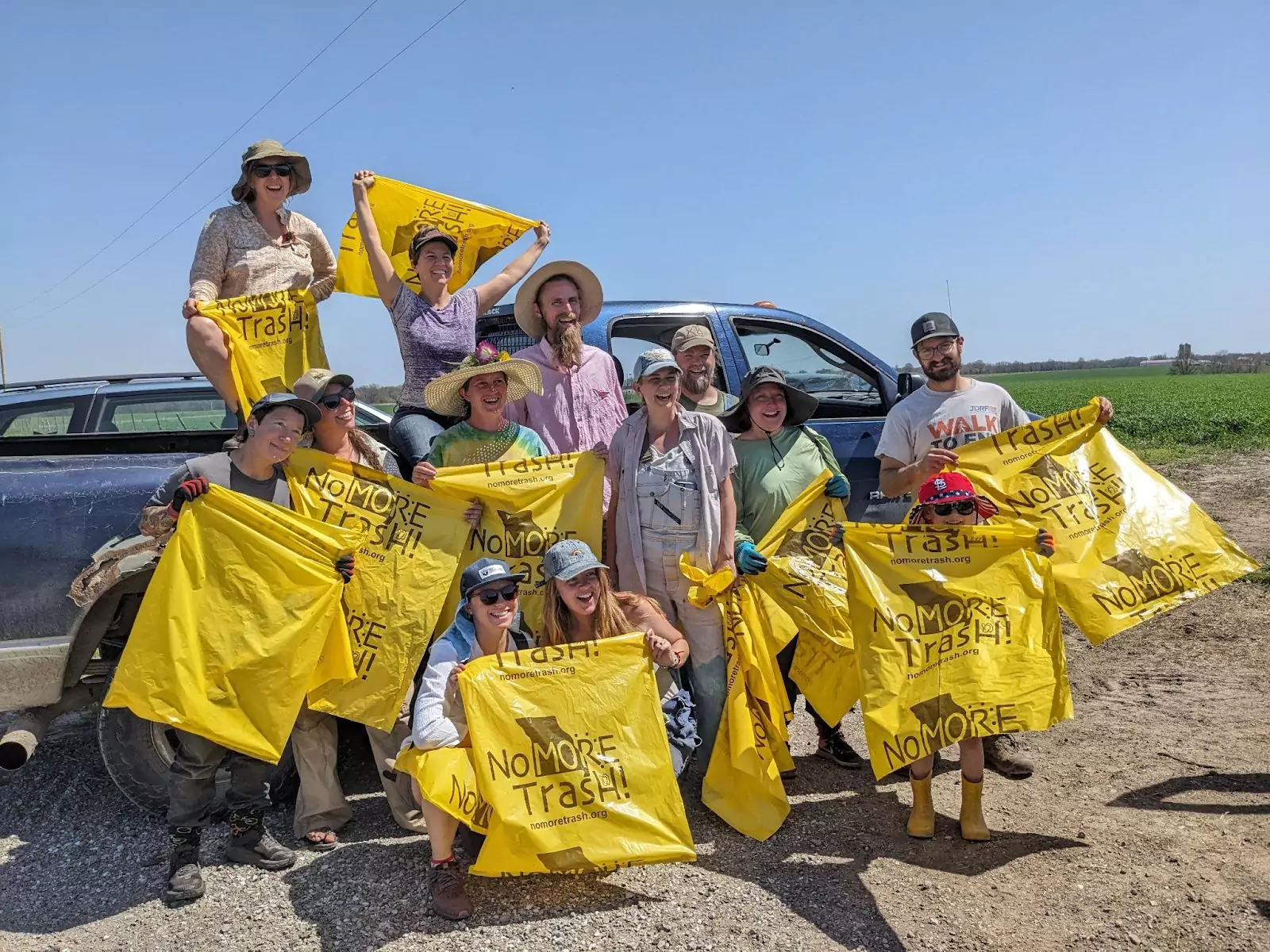Dear friends of Dancing Rabbit,
Our resilience is being tested. Since January we have experienced shocks to many of the systems, institutions, norms, and regulations that we have taken for granted. This is an incredibly complex and fraught topic, one which I will not attempt to comment on in any comprehensive way. I will, however, examine how recent developments in government spending and global trade could impact our nonprofit and community and how we are already adapted. Next week I’ll explore some of the steps we are taking to prepare for an increasingly uncertain future.

First, I want to put on your radar that Thursday May 8th is Give STL, which is a day of raising money and awareness for regional nonprofits. For a small nonprofit such as ours, your support makes a real difference. If you have the means, consider marking your calendar, and bookmarking this giving link.
Cuts to federal agencies and grants
While this has the potential to be quite disruptive, we are thankfully quite well positioned to absorb this shock. Most of our funding comes from private foundations and individuals. The worry is that many doors could be closing, limiting the funding opportunities for big, transformative projects. Among other cuts, the new EPA administrator is trying to terminate $20 billion for climate grants that are provided in the 2022 Inflation Reduction Act.*
We do receive some government funding. For over 20 years, around 100 acres of our land has been enrolled in the Conservation Reserve Program (CRP), which pays us to maintain our land as native Tallgrass Prairie (an ecosystem considered highly endangered, with less than 4% of the original landscape remaining). Any villager who wants to do conservation activities, including invasive management, prescribed burns and native prairie seeding on our land gets paid to do so. This is actually a small, but important, portion of my livelihood. This funding also helps us sustainably manage our whole property. It is also directly under threat of being cut or abolished.* As of now, existing contracts remain in effect, though new enrollments and re-enrollments are paused until new legislation is passed.
We recently received a cost share for a new pond which we will use to irrigate DR’s Heartwood Agroforestry Coop’s chestnut orchard (recently joined by persimmon, hickory, and Chinkapin oak). Because this cost share was through our state’s USDA office, this program was safe from federal cuts.

Trade war and tariffs
Assuming that the main impacts of trade wars and tariffs will be higher prices on many goods and more barriers to foreign trade, I think we are well positioned to endure what may come. A key component of our culture is producing, thrifting, up-cycling, and building as much as we can. Our land is well resourced with much of what we need to build and heat homes (trees for lumber and firewood, clay, sand and straw for plaster) and meet our food needs (land for gardens, pastures, and orchards). While these resources have been underutilized, in the last few years we’ve taken steps towards a more holistic, sustainable, and intensive utilization of our forests, fields, and gardens.

What we are not able to produce ourselves, we look first to our region and neighbors: many of whom are Mennonite, and have been practicing community focused self-reliance for generations.
There are many ways to acquire local and secondhand goods and materials, whether we’re scavenging urbanite (discarded concrete chunks, typically from old sidewalks) for our building foundations, shopping for tools, materials, and home goods at the (quite extraordinary) monthly flea market, grocery shopping at locally owned mennonite grocery stores (when we’re not buying it from, or growing it, ourselves), or demolishing condemned barns and houses for building materials.
Expanding the bounds of community
During our annual retreat I hosted a conversation about resilience. What does resilience mean in our context? What are we actually trying to achieve? One of the main takeaways from this meeting was that our goal is not to do everything ourselves but to become an integral part of a regional effort to build and maintain resilient and sustainable systems. One of the pervasive myths that desperately needs to be shattered is that the key to a simpler, peaceful, sustainable, and resilient life is to buy an isolated and “raw” piece of land and do everything yourself. Perhaps for some people this works, but for the majority, community is the only way. We are social creatures after all. To be truly resilient, that community must extend beyond your immediate bubble and include neighbors who possess different skills, resources, histories, religious views and politics.
Dancing Rabbit is fortunate in that we have good relations and connections with many of our neighbors, despite (sometimes stark) differences in worldviews. We owe a good deal to Sandhill, a neighboring intentional community, founded in the 70’s, who paved the way for us in many respects, not least of which is community relations. There are many honest, hardworking, and caring individuals who operate small family farms and businesses which provide many of the goods, services, and support that have been essential to the success of our community.

Another great fortune, thanks to many of you reading, is the encouraging growth in the income generated by our nonprofit’s fundraising efforts. This has directly translated to the implementation of sustainable and resilient initiatives in the village, as well as making our programs more financially accessible. This winter, for the second year in a row, we offered our “Resilient Systems Grant” and funded multiple, truly awesome projects which I will delve into next week.
The feeling of abundance and possibility is intensely alive at Dancing Rabbit. However, it is coupled with urgency, uncertainty, and sometimes fear. As long as we can use the later feelings to motivate the former, we should be able to stay a few steps ahead; setting ourselves up to thrive in harmony with the land, and offer refuge to those who seek it no matter what the future holds. For whatever these recent disruptions are (the beginning, a warning, a blip, or something else), they are clearly a kick in the pants to double down on the values, practices, and lifeways that we know will get us through any shocks that may come, while living as if the world we want is already here.
In community,
Eric Mease
Villager // Land Steward // Development Lead
*Judge blocks Trump EPA from clawing back billions in Biden-era climate grants – thehill.com
*Second Trump administration threatens USDA conservation and insurance programs – Investigatemidwest.org
